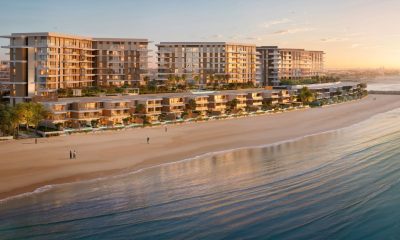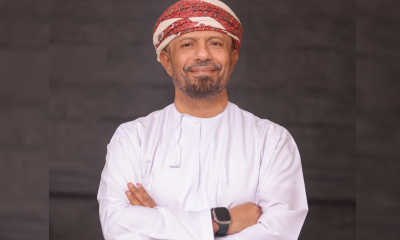Uncategorized
How Malta’s Tourism Sector is Transforming its Economy

In the late 1950s, as the Maltese government started seeking out new areas of economic development, development of tourism gained fresh impetus. The Government of Malta drafted a programmed of capital spending that was aimed at improving access to the country’s beaches along with a focus on marketing, promotion, and advertising.
Read more: IMF: Oman’s Economy Gradually Recovering
By 1958, Malta not only inaugurated its first passenger terminal but also established the Malta Government Tourist Board.
Fast-forward to 2018 when Malta welcomed a record 2.6 million visitors from across the globe, reflecting an increase of 14.3% over the previous year.
Tourism: Major Contributor to Maltese Economy
Malta has consistently ensured that the tourism sector remains a major contributor to the economy. Today, according to the World Travel and Tourism Council, the tourism sector in Malta accounts for 27.1% of the country’s GDP (this metric includes wider effects from investment in tourism).
The sector’s value is expected to grow annually at the rate of 4.2% to reach 32.9% of GDP by 2028.
Tourist Profiles & Per Capita Expenditure
A whopping 47.9% of tourists visiting Malta have been influenced by digital media campaigns (Tourism in Malta Statistical Report, 2018). It is of little surprise then that people between 25-44 comprise the largest demographic of incoming visitors.

Spends were the highest on Food & Beverages (EUR 155.29), followed by recreational activities, and then shopping. Tourists from Australia, Switzerland, and the USA were among the highest spenders.
Focus on Travellers from The Middle East
While the majority of inbound tourists are from Europe (see image below), there has been a 10.3% rise in the number of inbound tourists to Malta from the Middle East.

One of the biggest factors has been increased air access. Ryanair currently serves Jordan’s capital Amman with biweekly flights to Malta; Qatar Airways also introduced daily flights to Valletta this year; both Emirates and Etihad also serve the GCC region (and beyond) with direct and indirect flights to Malta International Airport.
It is of little wonder why the tourism sector of this Mediterranean country is thriving.
Malta’s historical centres, pristine beaches, islands, culinary delights, festivals and iconic tourist attractions hit the sweet spot for families, groups or even solo travellers alike. In a media release, Paul Bugeja, CEO for Malta Tourism Authority reiterated their interested in the Middle East & GCC market, stating: “We are placing a new emphasis on arts and history which will appeal to Gulf expats and Arab travellers…Whether you’re a leisure traveller looking to unwind or business searching for an event venue, Malta has truly remarkable settings with the sea, ancient castles, historic gardens and upper Barrakka Gardens overseeing the fortifications.”
https://www.businessliveme.com/5-luxury-middle-eastern-resorts-to-head-to-this-year/
-

 Real Estate2 months ago
Real Estate2 months agoAl Mouj Muscat Unveils Azura Beach Residences Phase 2: A New Chapter in Waterfront Living
-

 Leaders Speak1 month ago
Leaders Speak1 month agoDhofar International Development and Investment Company: Driving Sustainable Growth and Strategic Synergies in Oman’s Investment Landscape
-

 Economy1 month ago
Economy1 month agoMaal Card: What Oman’s New National Payment Card Means for Everyday Users
-

 Events1 month ago
Events1 month agoOER Corporate Excellence Awards 2025 Honours Entities and Innovations in Oman
-

 OER Magazines2 months ago
OER Magazines2 months agoOER, October 25
-

 Arts and Culture2 months ago
Arts and Culture2 months agoOminvest and Bait Al Zubair Launch “Future Frames” to Empower Youth through Art and AI
-

 Entertainment2 months ago
Entertainment2 months agoWhere Heritage Meets Haute Couture: Al Sadaa Haute Couture Transforms the Sultanate’s Fashion Scene
-

 News2 months ago
News2 months agoMs. Noor Saldin, Founder of Modern Generation International School, Wins Woman of the Year 2025; School Honored for Empowering Future Female Leaders































You must be logged in to post a comment Login